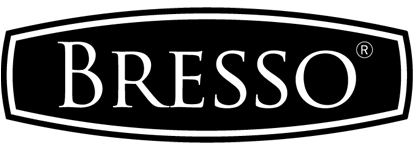Commercial bakery ovens are the workhorses of bread and pastry production. But how exactly do they transform ingredients into those golden loaves and delectable pastries? This article delves into the science behind commercial bakery ovens, exploring the different heating methods and how they impact your baking.
Heat Transfer: The Key to Baking Success
Commercial bakery ovens rely on efficient heat transfer to cook baked goods. Here are the primary methods used:
-
Conduction: Heat is directly transferred from the oven walls (heated by gas burners or electric elements) to the baking trays and subsequently into the food. This method is ideal for even browning and crust development, often used in deck ovens.
-
Convection: Fans circulate hot air throughout the oven cavity, ensuring consistent baking throughout. This method is faster and more energy-efficient, perfect for delicate pastries and cookies in convection ovens.
-
Radiant Heat: Infrared radiation penetrates the food directly, creating a caramelized crust and speeding up baking times. This method is often used in combination with other methods, especially in high-production rotary rack ovens.
Combination Methods: Many bakery ovens utilize a combination of these methods for optimal results. For example, a deck oven might have heating elements on the top and bottom for conduction, along with a fan system for some convection.
Beyond Heat: Understanding Bakery Oven Features
Modern commercial bakery ovens offer various features that enhance baking control and efficiency:
-
Temperature Control: Precise temperature control allows bakers to tailor settings for different recipes and achieve consistent results.
-
Steam Injection: Injecting steam during baking creates a moist environment, perfect for achieving a soft crust on breads and preventing pastries from drying out.
-
Programmable Controls: Programmable settings allow bakers to save and replicate specific baking profiles for various products.
-
Humidity Control: In some ovens, humidity levels can be adjusted for optimal baking conditions.
These features empower bakers to achieve consistent results and explore a wider variety of baked goods.
Choosing the Right Oven for Your Needs
Understanding how commercial bakery ovens work is crucial for selecting the right one for your bakery. Consider factors like:
- Production Volume: High-volume production might require a rotary rack oven with rapid baking times, while smaller bakeries might opt for a deck oven.
- Product Mix: Convection ovens excel for cookies and pastries, while deck ovens prioritize even heat distribution for bread.
- Desired Features: Evaluate the features you need for your baking process, such as steam injection or programmable controls.
By understanding the science behind commercial bakery ovens and your specific needs, you can make an informed choice that fuels your bakery’s success for years to come.

